Hibiscus: Uses, Dosage and Side Effects
Hibiscus is a flower that thrives in sunny, well-drained conditions and produces red, pink, and yellow flowers. This plant can be used as a tea or in traditional medicine.
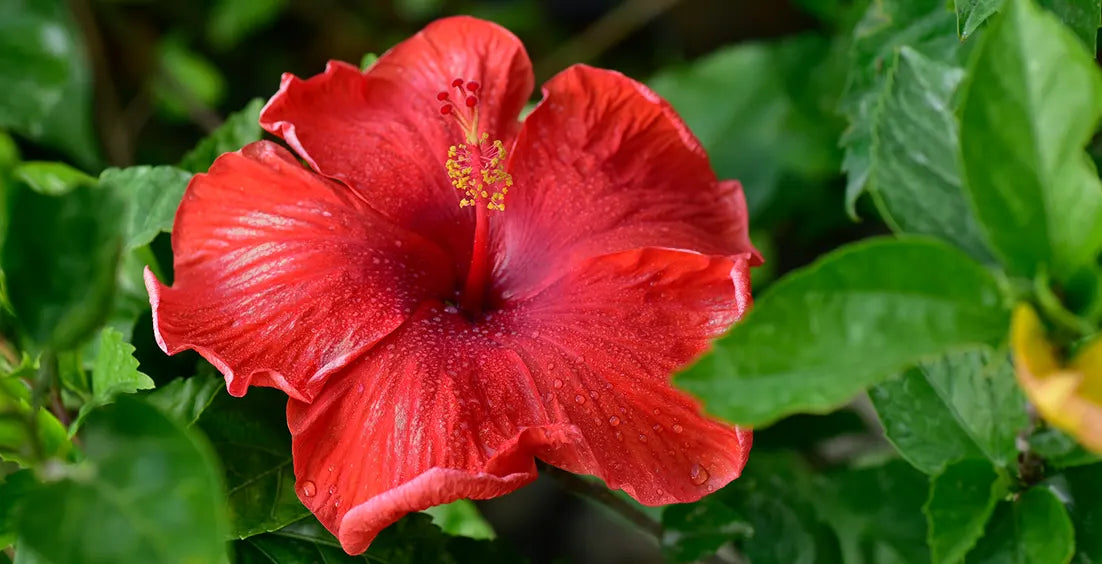
Quick Highlights
Hibiscus is not only renowned for its beautiful, bright flowers but also known for its numerous health benefits. From aiding in weight loss to supporting heart health, the potential medicinal uses of this amazing plant are extensive. Each part of the Hibiscus plant, including the flowers, leaves, and calyces, can be used for different medicinally beneficial purposes.
What Functions Does the Hibiscus Medicinal Plant Serve for the Body?
Hibiscus, through various chemical compounds and antioxidants, serves multiple functions in the body including:
- Supporting Heart Health: By helping to maintain healthy blood pressure levels.
- Aiding Digestion: Thanks to its diuretic effect and ability to soothe the digestive tract.
- Propelling Weight Management: Through its possible effects on metabolism and fat oxidation.
Nutritional Value of Hibiscus
| Nutritional Value | Calyx | Seeds | Leaves |
|---|---|---|---|
| Carbohydrate (g) | 10.2 | 25.5 | 8.7 |
| Fat (g) | 0.1 | 21.4 | 0.3 |
| Protein (g) | 2 | 28.9 | 3.5 |
| Vitamin C (mg) | 17 | 9 | 2.3 |
| Calcium (mg) | 150 | 350 | 240 |
| Iron (mg) | 3 | 9 | 5 |
| Thiamine (mg) | 0.05 | 0.1 | 0.2 |
| Riboflavin (mg) | 0.07 | 0.15 | 0.4 |
| Niacin (mg) | 0.06 | 1.5 | 1.4 |
When Should You Take Hibiscus?
The best time to incorporate Hibiscus medicine into your routine is daily, either in the form of a soothing tea or supplements. It’s ideal to have Hibiscus tea after meals to aid digestion.
Those aiming to support heart health or manage weight should consider having Hibiscus tea twice a day - once in the morning and once in the afternoon.
What Groups Are At Risk for Low Hibiscus Benefits?
 Uses of Hibiscus Leaf
Uses of Hibiscus Leaf
People who might not be getting enough Hibiscus leaf use benefits include:
- Individuals with a primarily Western diet that lacks herbal teas and natural supplements.
- People who are managing high blood pressure or metabolic conditions may miss out on the cardiovascular benefits of Hibiscus.
What Are The Health Benefits of Hibiscus?
Hibiscus has numerous potential health benefits, which include:
- Maintaining Blood Pressure: Studies indicate that Hibiscus tea can help maintain healthy blood pressure levels.
- Supporting Liver Health: Antioxidants found in Hibiscus may help protect the liver from oxidative damage.
- Aiding Weight Management: Hibiscus tea can potentially contribute to healthy weight loss by enhancing fat breakdown.
- Promoting Digestive Health: Natural acids in the Hibiscus plant can stimulate bowel movements and ease constipation.
Dr. Jerry Friedman, of North Jersey Oral & Maxillofacial Surgery, emphasizes the health benefits of hibiscus, stating
One of the greatest benefits of hibiscus is its antioxidant properties. It contains a fantastic array of antioxidants that are beneficial to your health in numerous ways. Antioxidants help in fighting against free radicals, which can damage your cells, thereby making them helpful for various medical and health issues.
Recommended Dosages for Hibiscus
The appropriate dosage of hibiscus varies depending on the form you consume:
- Hibiscus Tea: Consuming 1-2 cups per day might be generally considered safe for most individuals. This can help maintain healthy blood pressure levels and provide antioxidant benefits.
- Hibiscus Capsules or Powders: The common dosage ranges from 1,000 mg to 3,000 mg per day, usually divided into multiple doses. For example, taking one 500 mg capsule three times a day can be effective for maintaining cholesterol levels within a healthy range.
- Hibiscus Extract: A recommended dose might be around 100 mg to 200 mg, taken twice a day. It's essential to follow the manufacturer's instructions or consult with a healthcare provider to confirm the ideal dose for your needs.
Safety and Potential Side Effects of Hibiscus
While hibiscus is generally safe for most people, it can have some side effects and interactions with medications:
- Blood Pressure: Hibiscus can lower blood pressure, so people with hypotension should consume it with caution.
- Interaction with Medications: Hibiscus may interact with certain medications, such as antihypertensives and diabetes medications, potentially enhancing their effects. Always consult with a healthcare provider before adding hibiscus to your routine if you are on medication.
- Pregnancy and Breastfeeding: There's insufficient research on the safety of hibiscus during pregnancy and breastfeeding. It's recommended to avoid hibiscus during these times unless advised otherwise by a healthcare professional.
- Surgery: Hibiscus may affect blood sugar levels. It is advisable to stop hibiscus supplementation at least two weeks before a scheduled surgery.
Research and Findings
Hibiscus has been the subject of numerous scientific studies due to its rich composition of antioxidants, primarily anthocyanins. Research suggests that these compounds have notable effects on cardiovascular health, potentially helping to maintain healthy cholesterol levels and blood pressure.
Studies have also shown that hibiscus tea can support liver health and aid digestion, thanks to its diuretic properties and ability to encourage healthy bowel movements.
Navigating Hibiscus Intake
 Medicinal Uses of Hibiscus Plant
Medicinal Uses of Hibiscus Plant
For optimal health benefits, incorporate Hibiscus thoughtfully:
- Begin gradually: Start with one cup of tea or one supplement per day.
- Observe body response: Notice how your body reacts and adjusts accordingly.
- Consult healthcare providers: Essential for those on medication or managing chronic illnesses.
Conclusion
Hibiscus is a versatile plant with a plethora of health advantages. From aiding in weight management to supporting heart health, incorporating Hibiscus into your daily diet can vastly improve overall well-being. However, as with any supplement, it's paramount to use Hibiscus conscientiously and consult healthcare professionals to tailor it to your personal health needs.
About WOWMD Staff
The WOWMD Staff category features a diverse team of writers, each bringing specialized knowledge in areas such as nutrition, fitness, wellness, and more. Articles in this category benefit from insights provided by multiple experts. All content is peer-reviewed and regularly updated to ensure compliance with our editorial standards.
References
- Physiological Effects and Human Health Benefits of Hibiscus sabdariffa: A Review of Clinical Trials - PMC (nih.gov)
- In Vitro Gastrointestinal Digestion Affects the Bioaccessibility of Bioactive Compounds in Hibiscus sabdariffa Beverages - PubMed (nih.gov)
- Beneficial Effects of Natural Bioactive Compounds from Hibiscus sabdariffa L. on Obesity - PMC (nih.gov)
- A systematic review and meta-analysis of the effects of Hibiscus sabdariffa on blood pressure and cardiometabolic markers - PMC (nih.gov)
- Phytochemical Analysis, Antioxidant, Antimicrobial, and Anti-Swarming Properties of Hibiscus sabdariffa L. Calyx Extracts: In Vitro and In Silico Modelling Approaches - PMC (nih.gov)
Evidence Based Research
This WOWMD content has been reviewed, as well as checked for facts, so as to guarantee the best possible accuracy.
We follow a strict editorial policy, especially related to the sources we use. Our articles are resourced from reputable online pages, with research drawn from academic institutions and peer-reviewed studies. You can click on the numbers in the parentheses (1, 2, etc.) and check out those references.
The feedback form on this page can be used to report content that is not accurate, up-to-date or questionable in any manner.
We do NOT intend for the information presented through our articles to replace the medical relationship with a qualified physician, nor does it represent specialized advice.


 Skin Detoxification Bundle
Skin Detoxification Bundle Complete Weight Loss Bundle
Complete Weight Loss Bundle Heart Care Bundle
Heart Care Bundle Better Immunity Bundle
Better Immunity Bundle  Men's Immunity & Prostate Health Bundle
Men's Immunity & Prostate Health Bundle Stress + Energy + Wellness Combo
Stress + Energy + Wellness Combo  Energy Booster Combo
Energy Booster Combo Natural Skin Care Bundle
Natural Skin Care Bundle Workout Supplements Combo
Workout Supplements Combo Cognitive Health & Vision Combo
Cognitive Health & Vision Combo Joint Health Support Combo
Joint Health Support Combo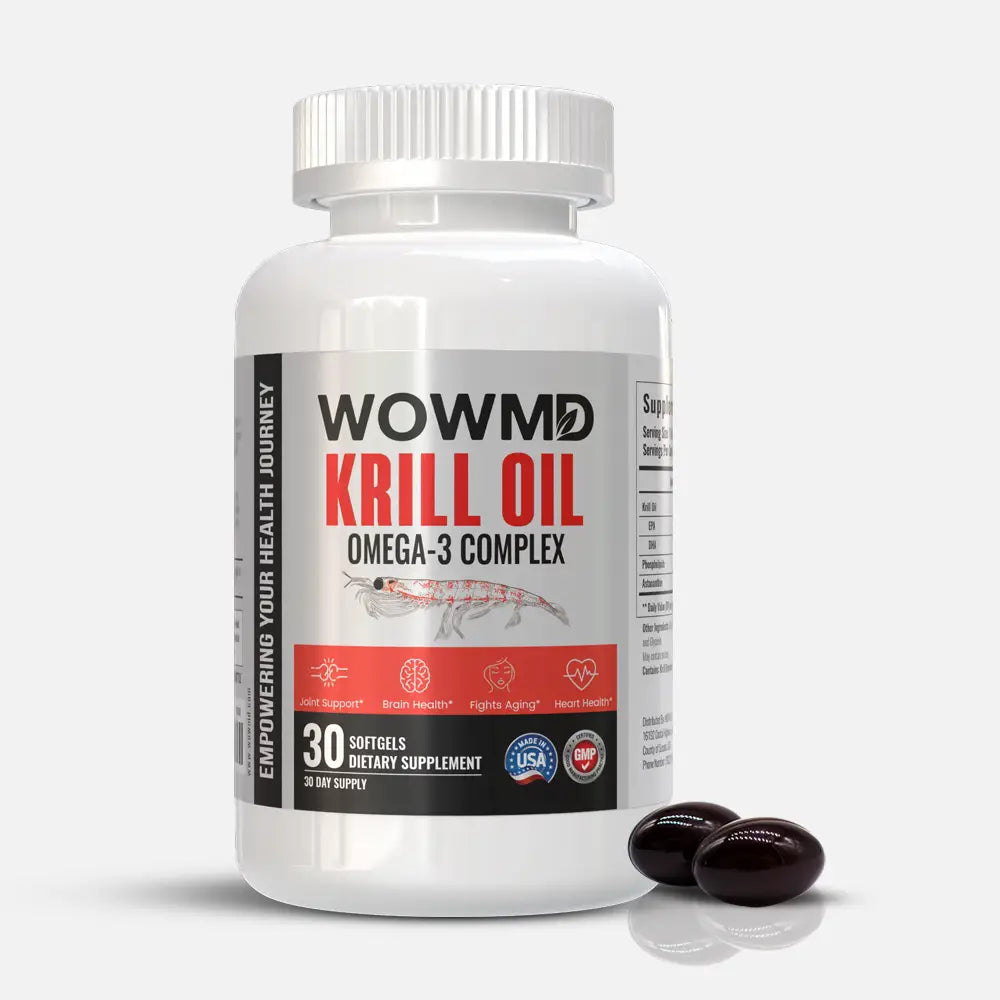
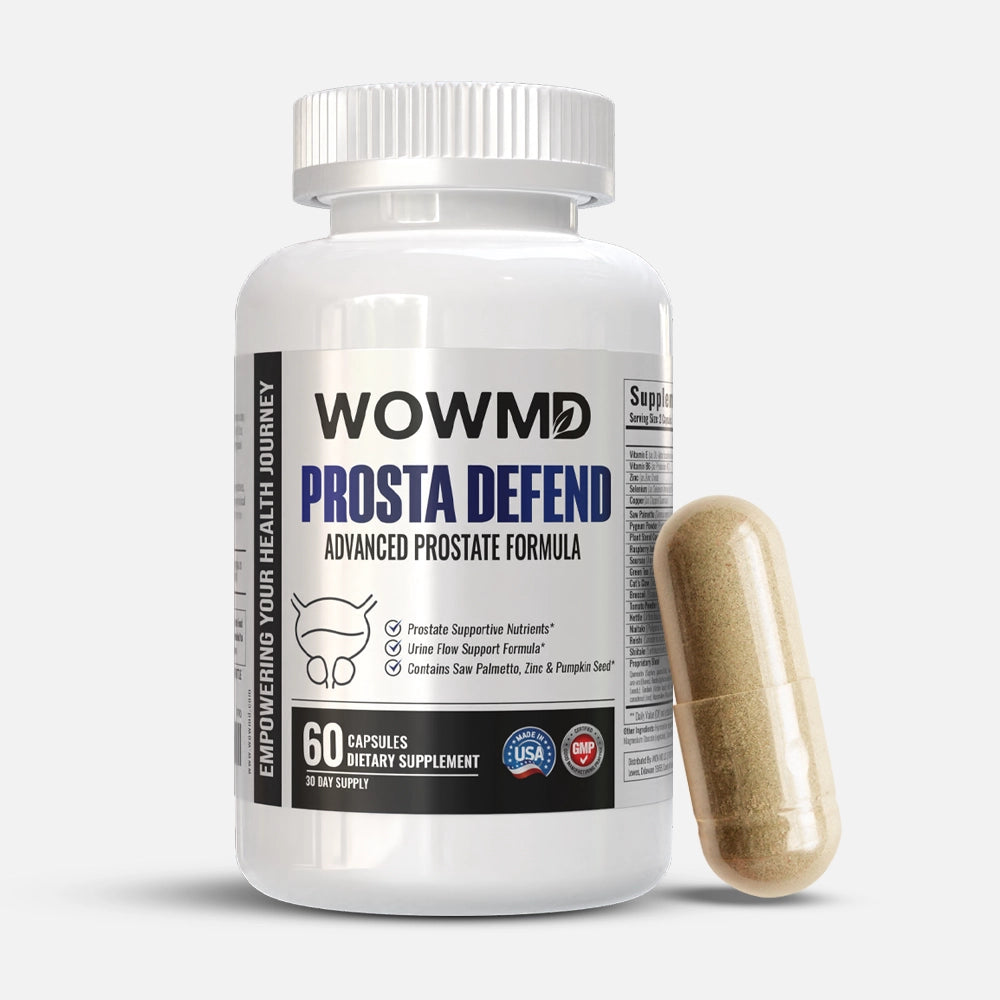

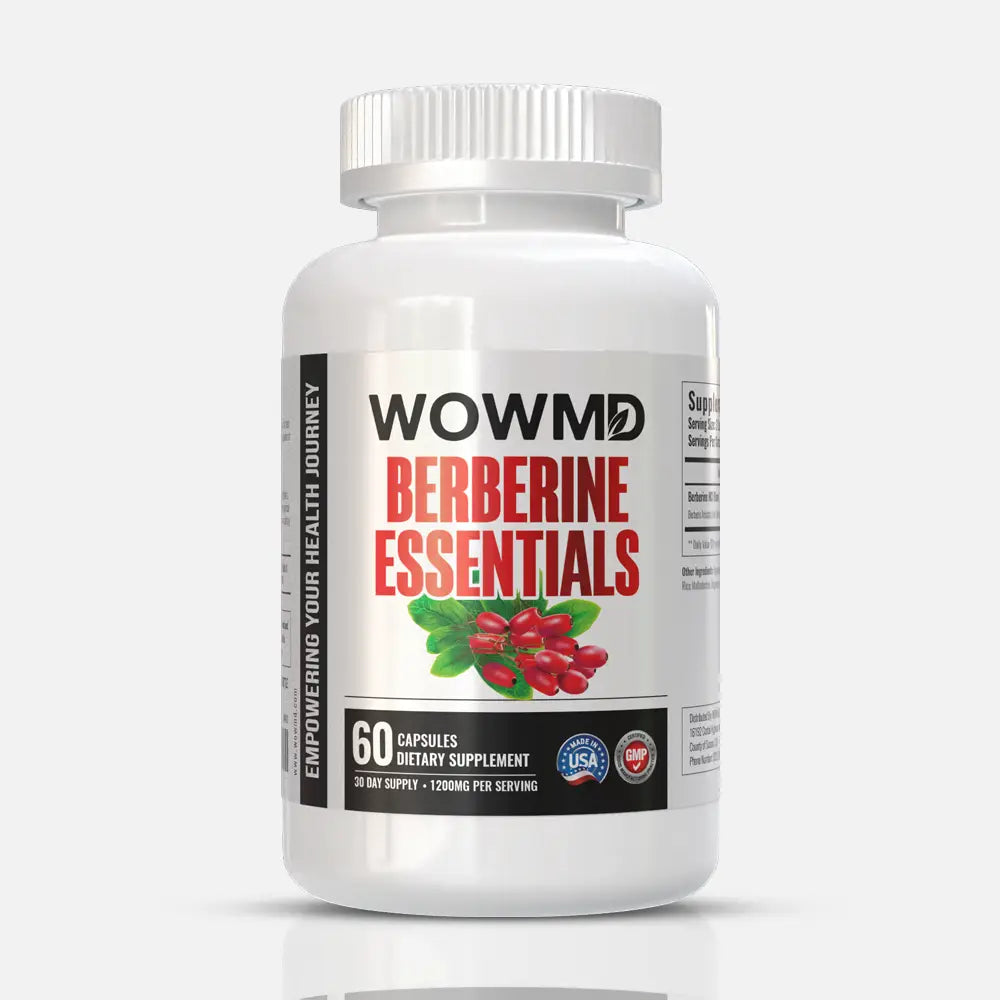
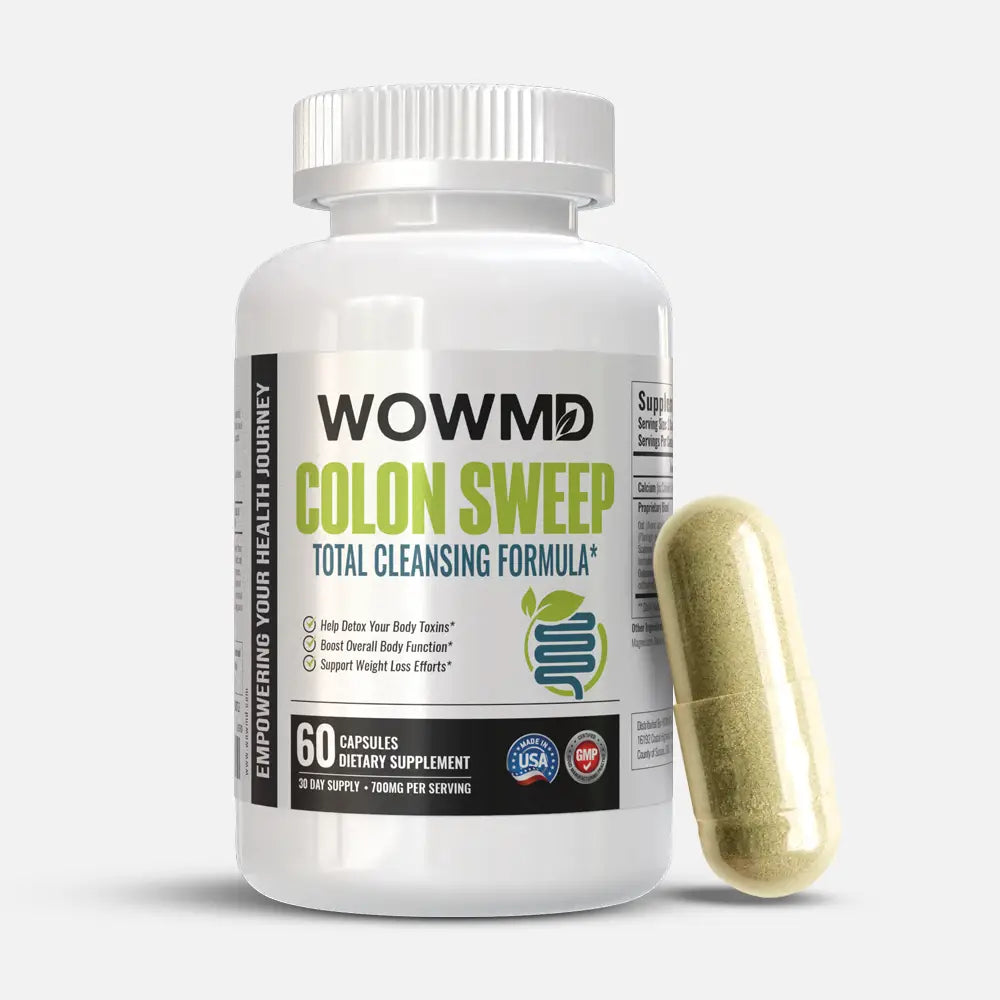
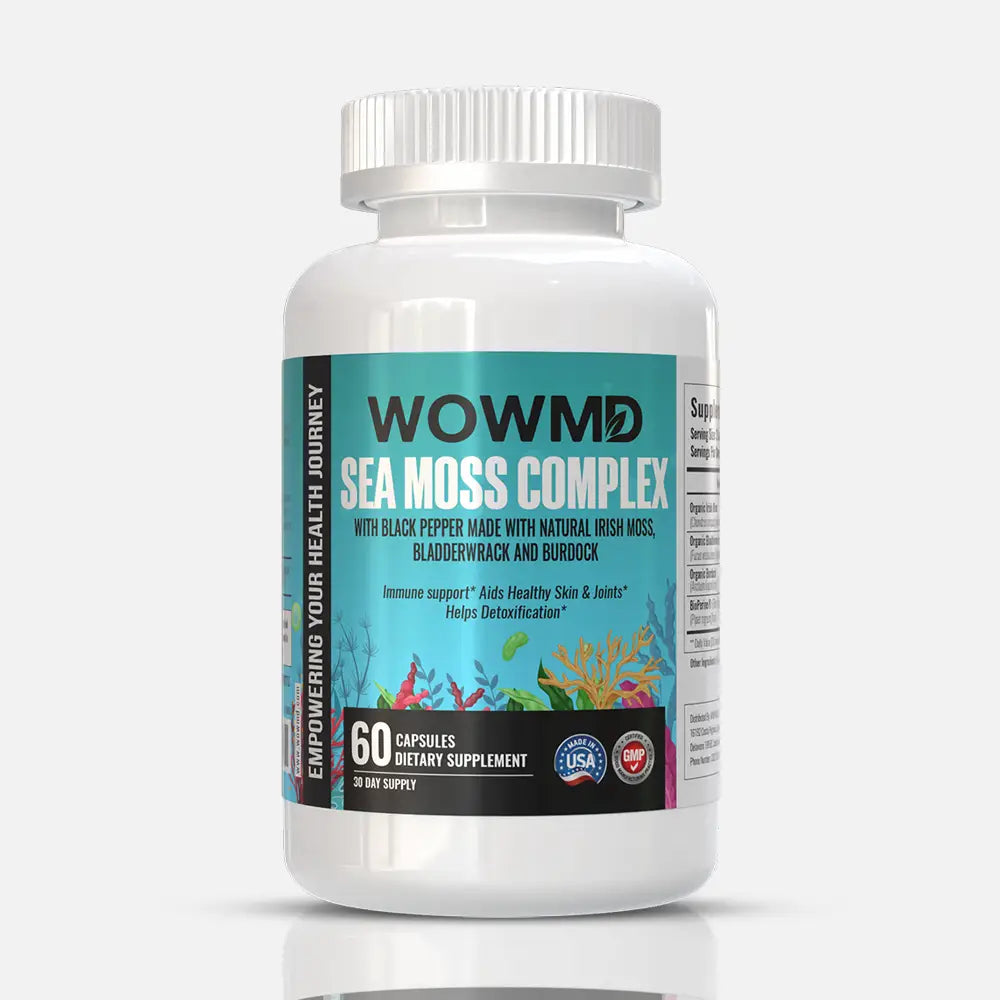

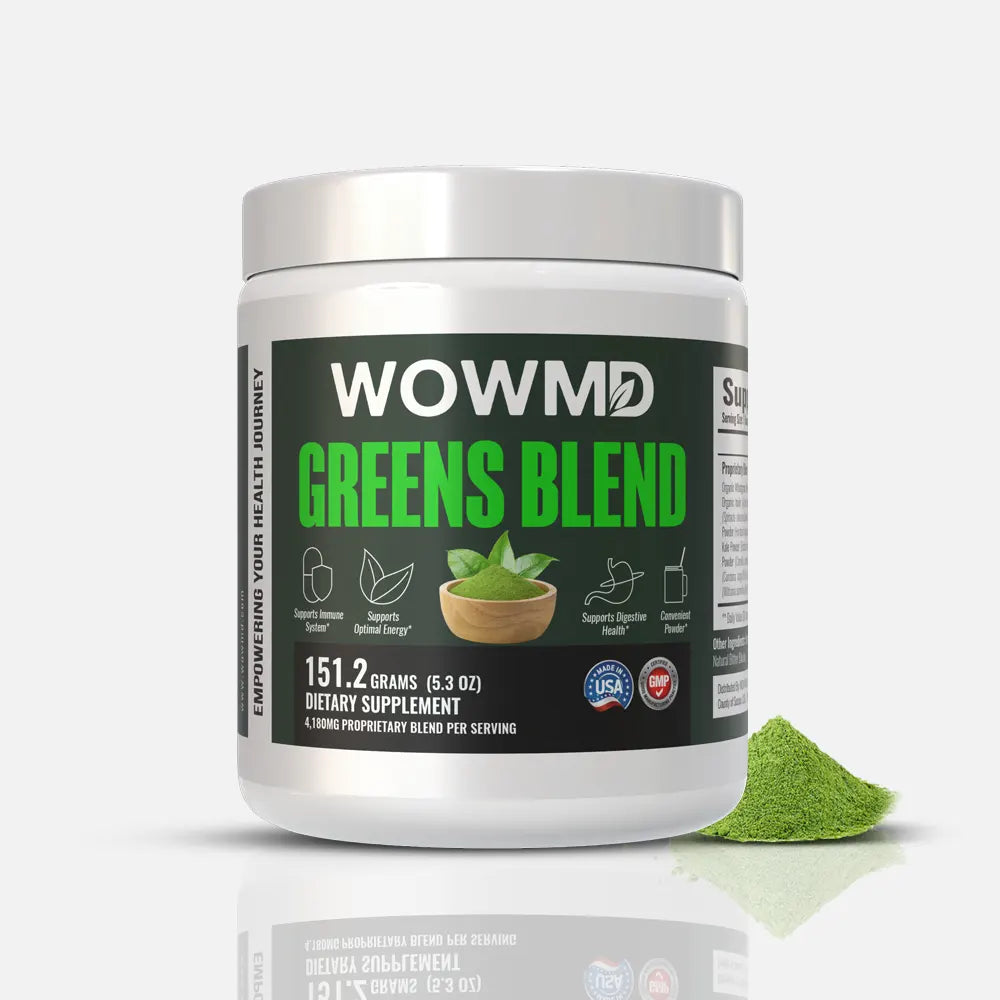
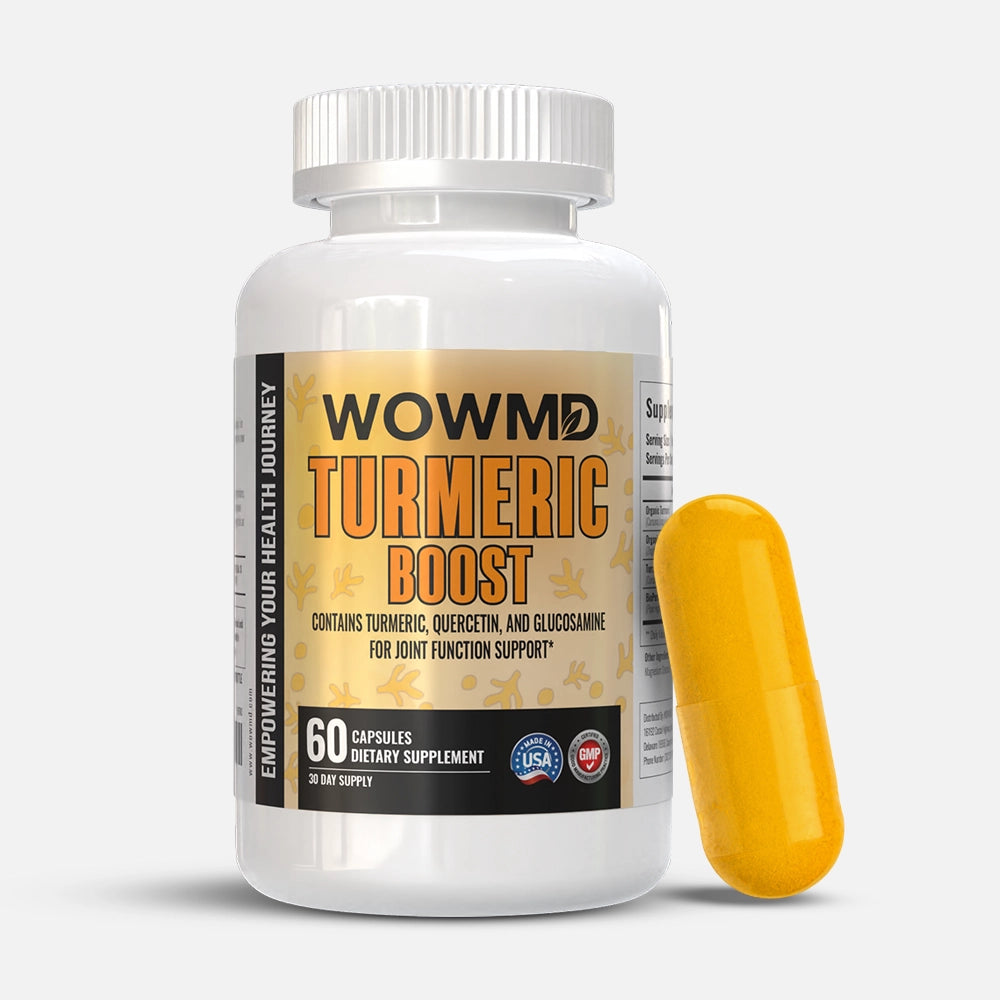









 By WOWMD Staff
By WOWMD Staff
